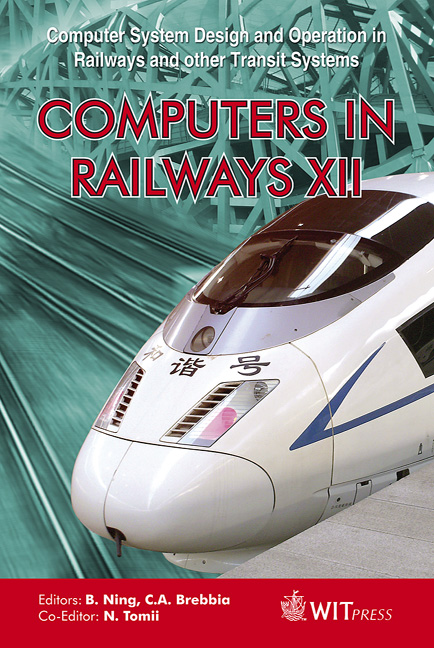A Method To Optimise Train Energy Consumption Combining Manual Energy Efficient Driving And Scheduling
Price
Free (open access)
Transaction
Volume
114
Pages
12
Page Range
549 - 560
Published
2010
Size
389 kb
Paper DOI
10.2495/CR100511
Copyright
WIT Press
Author(s)
C. Sicre, P. Cucala, A. Fernández, J. A. Jiménez, I. Ribera & A. Serrano
Abstract
This article presents a combined simulation and optimisation technique to optimise the energy consumption of a single manual-driving train service with inter-stations along a High Speed Line. For this purpose, the best energy efficient driving strategies along every stretch between two stations will be simulated with an accurate and detailed train simulator to obtain the run time and energy consumption Pareto curves of each stretch. Afterwards, an optimisation tool will distribute the available slack time for the service among the stretches, which will minimise the overall energy consumption of the service. The potential of the method will be shown with a case study at the end of the article. Keywords: manual energy efficient driving, ecodriving, coasting, timetable, Pareto curves, slack time. 1 Notation and terminology Flat-out time: minimum run time that a train can achieve satisfying all the constraints of a service Slack time: Time that added to the flat-out time constitutes the commercial run time of a stretch, and whose aim is to ensure punctuality in case of delays Grade: Longitudinal track inclination, positive uphills, negative downhills, [‰] HSL: High Speed Line
Keywords
manual energy efficient driving, ecodriving, coasting, timetable, Pareto curves, slack time





